Are you ready to add some fun to your laundry routine? We’ve gathered a collection of brain-teasing laundry riddles that’ll transform mundane washing days into entertaining puzzle sessions. These clever wordplays and conundrums all revolve around clothes, washing machines, and everything laundry-related.
10 Challenging Laundry Riddles to Test Your Household Knowledge
- The Silent Worker: I’m cylindrical in shape and constantly spin, yet I never complain about the loads I bear. Inside me, clothes dance in a watery ballet. What am I?
Answer: A washing machine - The Hot Breath: I transform wrinkles into smoothness with my heated touch. Gliding across fabric, I make presentable what was once crumpled. What am I?
Answer: An iron - The Fabric Collector: I gather lint from your clothes as they tumble, storing the soft fuzz in my hidden compartment. You’ll find me in your dryer, waiting to be emptied. What am I?
Answer: A lint trap - The Disappearing Twins: We enter the washing machine as pairs but often emerge as singles. We protect your feet and match your outfit. What are we?
Answer: Socks - The Scented Squares: I’m thrown into the wash to make your clothes smell fresh. My fragrance lingers long after the cycle ends. What am I?
Answer: A dryer sheet - The Gentle Giant: I consume water, electricity, and detergent to fulfill my purpose. Standing tall in your laundry room, I clean what others have soiled. What am I?
Answer: A washing machine - The Color Thief: I sneak into your laundry and steal the bright colors from your clothes when you least expect it. Mix me with whites and you’ll regret it. What am I?
Answer: A red sock - The Bubble Maker: I create suds that lift dirt away from your favorite garments. Sometimes powdered, sometimes liquid, I’m a cleaning essential. What am I?
Answer: Laundry detergent - The Hanging Helper: I grip your wet clothes tightly as they dry in the sun or air. My pinching design prevents items from blowing away. What am I?
Answer: A clothespin
How Do Laundry Riddles Improve Problem-Solving Skills?
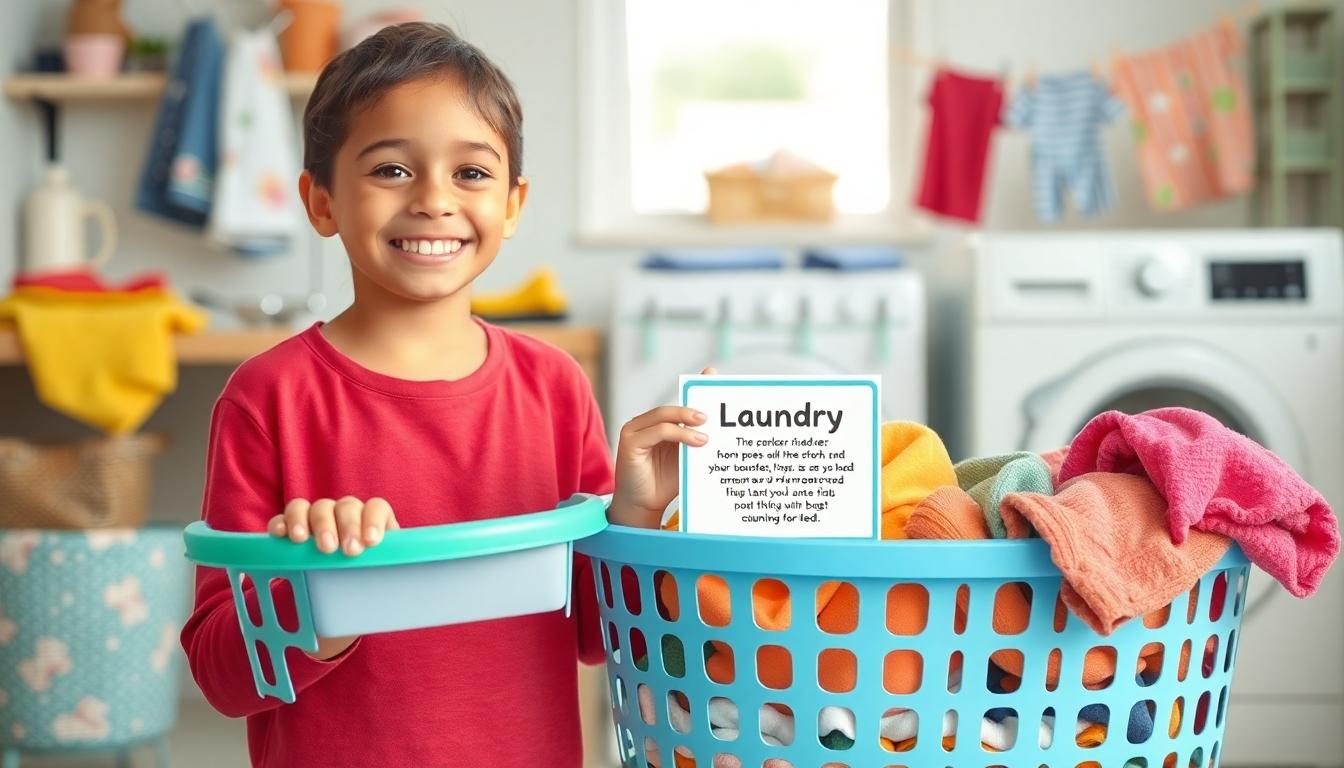
Laundry riddles do more than just entertain—they actively engage our deductive reasoning abilities. When solving these clever puzzles, we’re actually exercising our brains by interpreting clues, eliminating incorrect assumptions, and arriving at logical conclusions.
Benefits for Children Learning Household Tasks
Children particularly benefit from incorporating riddles into laundry routines. These playful brain teasers transform mundane chores into captivating activities that foster critical thinking skills. A simple riddle like “What dries without a towel? A clothesline!” connects everyday objects to creative thought processes, developing cognitive flexibility in young minds. Kids learn to approach household responsibilities with curiosity rather than resistance, making task completion more likely while simultaneously building problem-solving abilities. The association between fun wordplay and routine chores helps children develop positive relationships with household responsibilities, reducing the perception of laundry as just another boring task.
Mental Exercise While Completing Chores
Laundry riddles provide valuable mental stimulation during otherwise repetitive tasks. Consider puzzlers like “What spins without getting dizzy? A washing machine!” which transform monotonous activities into cognitive challenges. This dual-task engagement enhances focus as we shift between practical actions and abstract reasoning. The deductive practice involved in breaking down riddle clues methodically strengthens our systematic thinking abilities. Memory reinforcement occurs through creating mnemonic associations, such as connecting “spin art” with washing machines. Stress reduction represents another important benefit, as the playful elements mitigate chore-related monotony. The combination of structured thinking and humor refines our problem-solving abilities specifically within domestic contexts, making laundry time both productive and mentally stimulating.
Top 5 Classic Laundry Riddles That Will Leave You Puzzled

Laundry time becomes much more entertaining with these brain-teasing classics that have stumped many households over the years. These timeless riddles combine everyday laundry knowledge with clever wordplay.
- “What can keep spinning but never gets dizzy?”
A clothes dryer is the answer to this popular riddle. While humans would certainly feel the effects of constant spinning, dryers continue their rotational motion without experiencing any dizziness, making this a clever play on the appliance’s primary function.
- “What’s wet inside, dry outside, and spins without moving?”
This describes a washing machine perfectly. The interior drum rotates with water and clothing while the exterior cabinet remains stationary and dry, creating an interesting contrast that makes for an excellent riddle.
- “What has a belt but no waist?”
Belt-driven washing machines use mechanical belts to connect the motor to the drum. This riddle cleverly personifies the appliance by referring to a familiar clothing item (belt) in an unexpected context.
- “I get twisted and spun but never get dizzy. What am I?”
Your clothing experiences quite the journey inside a dryer, tumbling repeatedly without complaint. This riddle highlights the tumbling action that laundry undergoes during the drying process.
- “What goes in dirty but comes out clean and smells great?”
Laundry itself is the answer. This straightforward riddle captures the fundamental purpose of doing laundry—transforming soiled items into fresh, clean clothes with the help of detergent and washing machines.
The Missing Sock Mystery
The phenomenon of disappearing socks during laundry represents one of the most relatable household mysteries. Unlike traditional riddles with definitive answers, the question “Where do lost socks disappear during laundry?” has become a cultural joke that resonates with almost everyone who does laundry. This open-ended riddle often serves as humorous commentary on a universally frustrating experience rather than a puzzle requiring a exact solution.
The Wrinkled Shirt Conundrum
“What gets pressed but never stressed?” The answer is clothes being ironed. This clever riddle plays on dual meanings of “pressed,” referring both to the physical flattening of fabric and the concept of feeling pressure or stress. A popular variation asks, “I remove creases but don’t get tired,” pointing to the ironing board that supports the pressing process without complaint. Both versions cleverly personify common laundry tools while highlighting their exact functions in the wrinkle-removal process.
Laundry Riddles for Kids: Making Chore Time Fun
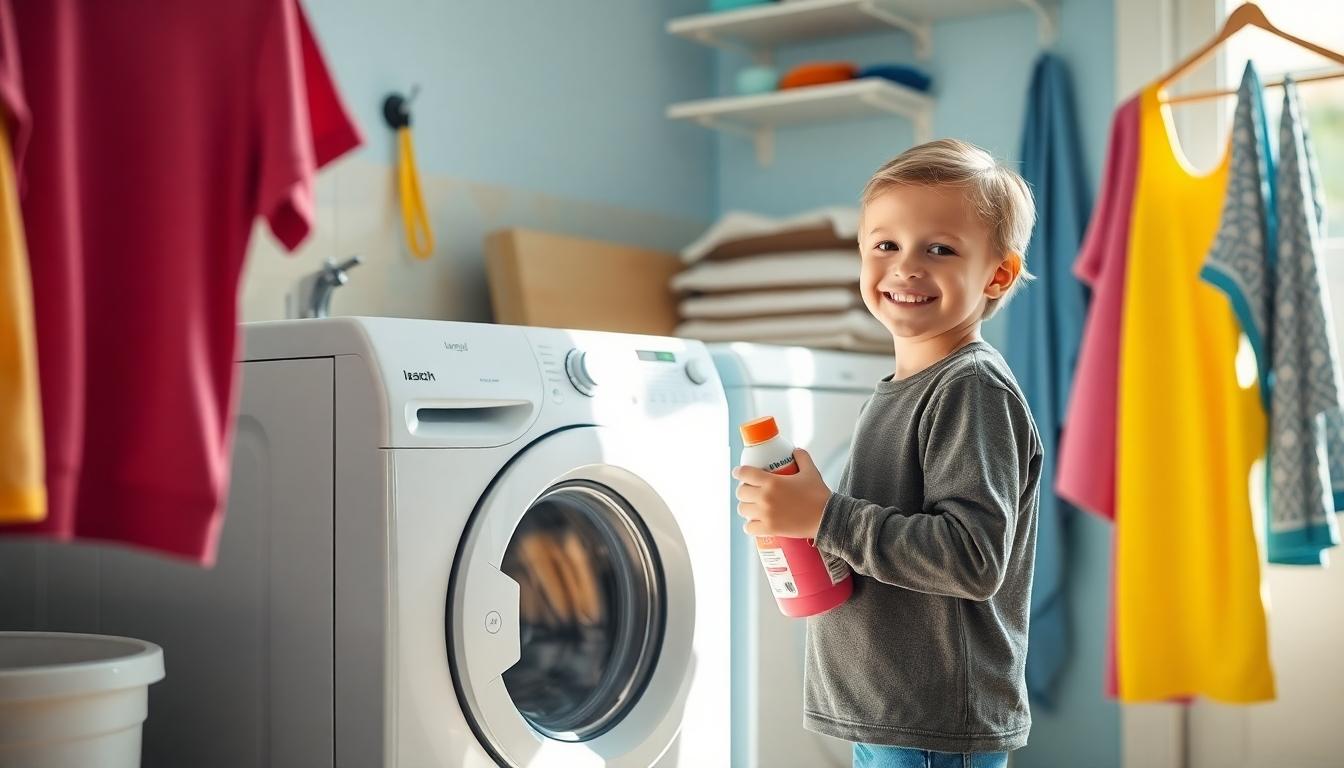
Laundry-themed riddles transform mundane chores into captivating activities for children. These playful brain teasers use humor and wordplay to make household tasks interactive while fostering cognitive development.
Easy Washing Machine Wordplay
Washing machine riddles cleverly personify this essential appliance to spark curiosity in young minds. Kids love asking “What can keep spinning without ever becoming dizzy?” with the simple answer being a washing machine. Another popular teaser asks “What’s wet inside, dry outside and spins around without moving?” which also refers to the trusty washing machine. Children particularly enjoy the riddle “What has cycles but never gets tired?” highlighting the machine’s endless energy. For a giggle-worthy option, try “Why did the laundry room start a band?” with the punchline “It had clean notes!” These playful questions turn an ordinary appliance into a source of entertainment during chore time.
Detergent and Fabric Softener Teasers
Product-focused riddles create learning opportunities about laundry supplies while delivering laughs. Ask your child “What’s white and fluffy, can’t be eaten, but makes your clothes feel nice?” to teach them about fabric softener’s purpose. The riddle “What can wash away your troubles but never dries up?” introduces detergent’s cleaning power in a memorable way. Children particularly connect with “What goes in dirty but comes out clean and smells great?” which describes the transformation clothes undergo during washing. These product-centered brain teasers help familiarize kids with household items while making laundry time something to look forward to rather than avoid.
Educational Laundry Riddles for Teaching Sorting and Stain Removal
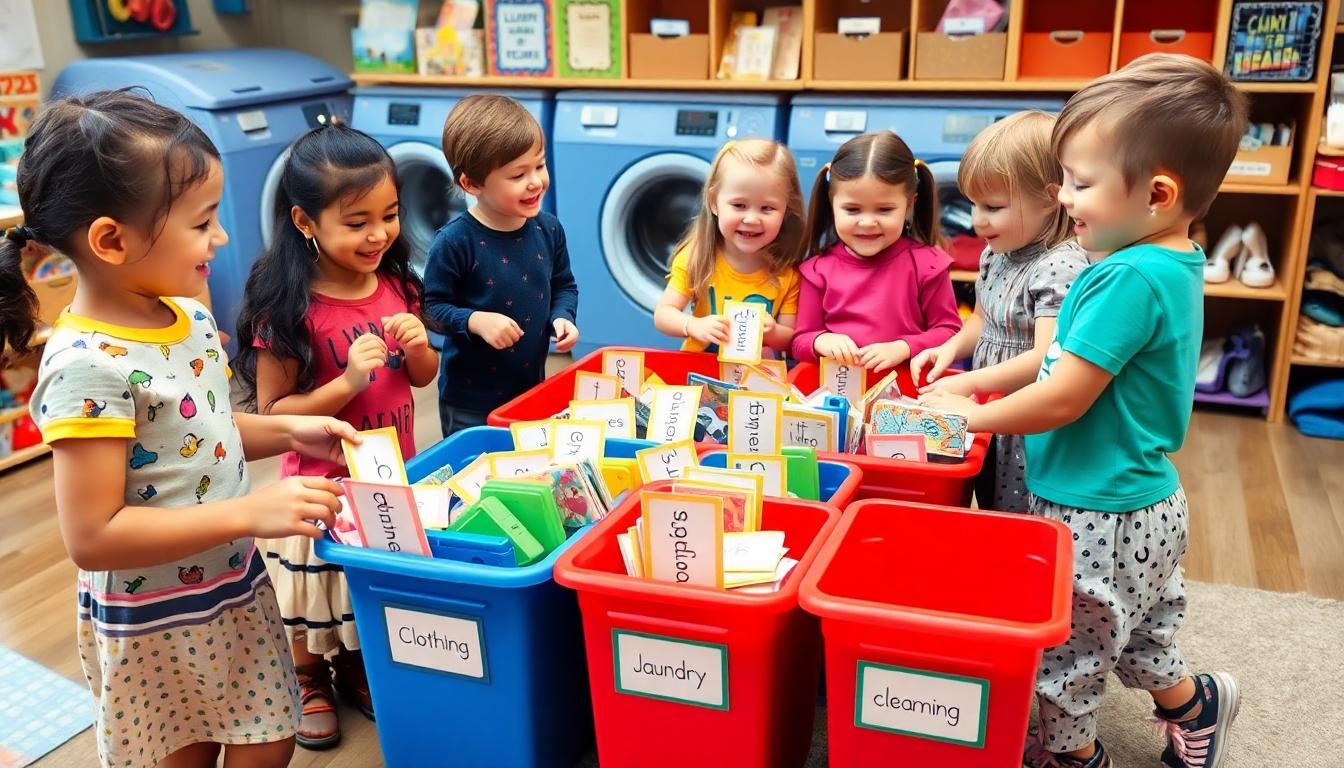
Laundry-themed riddles serve as powerful educational tools that transform basic household skills into captivating learning opportunities for children and students alike. These clever word puzzles make laundry organization and stain removal techniques more memorable through playful challenges.
Color-Sorting Brain Teasers
Color-sorting riddles simplify the process of teaching children how to organize laundry by category. “I’m a cycle that helps remove dirt and stains from your clothes” is a straightforward riddle with “washing machine” as the answer, reinforcing understanding of basic laundry processes. These brain teasers work exceptionally well when incorporated into hands-on activities with physical elements. Educational programs have found success using laminated cards and labeled bins that allow children to physically sort clothing items by color and fabric type. Interactive breakout challenges take this concept further by requiring students to categorize laundry items into exact groups such as whites, darks, and delicates to unlock special codes or rewards. This gamification approach turns what might be considered a boring chore into an exciting puzzle that builds practical life skills.
Stain-Fighting Puzzlers
Stain removal concepts become more accessible through riddles that highlight exact techniques in memorable ways. The humorous riddle “Why did the laundry detergent come to school? To obtain a PhD in stain removal” cleverly emphasizes the expertise needed for effective stain treatment. Modern educational approaches incorporate technology by using QR-code based activities where students scan codes to access guides about stain removal, then complete crossword puzzles identifying different stain types like wine, grass, or oil. These activities connect theoretical knowledge with practical application. Teachers have developed comprehensive lesson plans that include creating actual stains on fabric samples and testing various removal methods, with riddles serving as entertaining reinforcement of the scientific principles behind stain treatment. The combination of riddles with hands-on experimentation creates a multi-sensory learning experience that significantly improves retention of important laundry care principles.
Historical Laundry Riddles From Around the World

While laundry riddles haven’t been formally categorized as a distinct genre throughout history, they represent humanity’s clever approach to making everyday tasks more enjoyable. These playful puzzles offer fascinating glimpses into washing customs across different cultures and time periods.
Ancient Washing Traditions in Riddle Form
Ancient civilizations developed remarkably innovative cleaning methods that are now reflected in modern riddle collections. Romans used fuller’s earth and ammonia from urine to clean their togas, a practice that has inspired contemporary wordplay about cleaning agents. Egyptian launderers employed natron, a natural mineral salt, while ancient Chinese civilizations steamed garments with specialized vessels. These historical washing techniques often appear as clever context clues in modern laundry riddles. Storytelling through puzzles was a prevalent practice in many ancient societies, with daily tasks like washing clothes naturally becoming subjects for these brain teasers.
Cultural Washing Wisdom in Puzzles
Different cultures have embedded their laundry wisdom into entertaining riddles that both amuse and educate. Nordic countries created ice-breaking games centered around winter clothes cleaning challenges. Mediterranean communities developed riddles about sun-drying techniques that highlighted the importance of proper fabric care. Many Asian cultures incorporated washing symbolism into their traditional riddles, connecting cleanliness to spiritual purification themes. These cultural puzzles serve as vehicles for passing practical knowledge between generations while maintaining community traditions. Modern examples like “I make lots of bubbles, and I smell so sweet, I help your clothes smell fresh and neat. I’m poured in the washer to fight the heat, What am I?” (detergent) demonstrate how laundry riddles continue to evolve while honoring historical cleaning practices.
How to Create Your Own Laundry Riddles
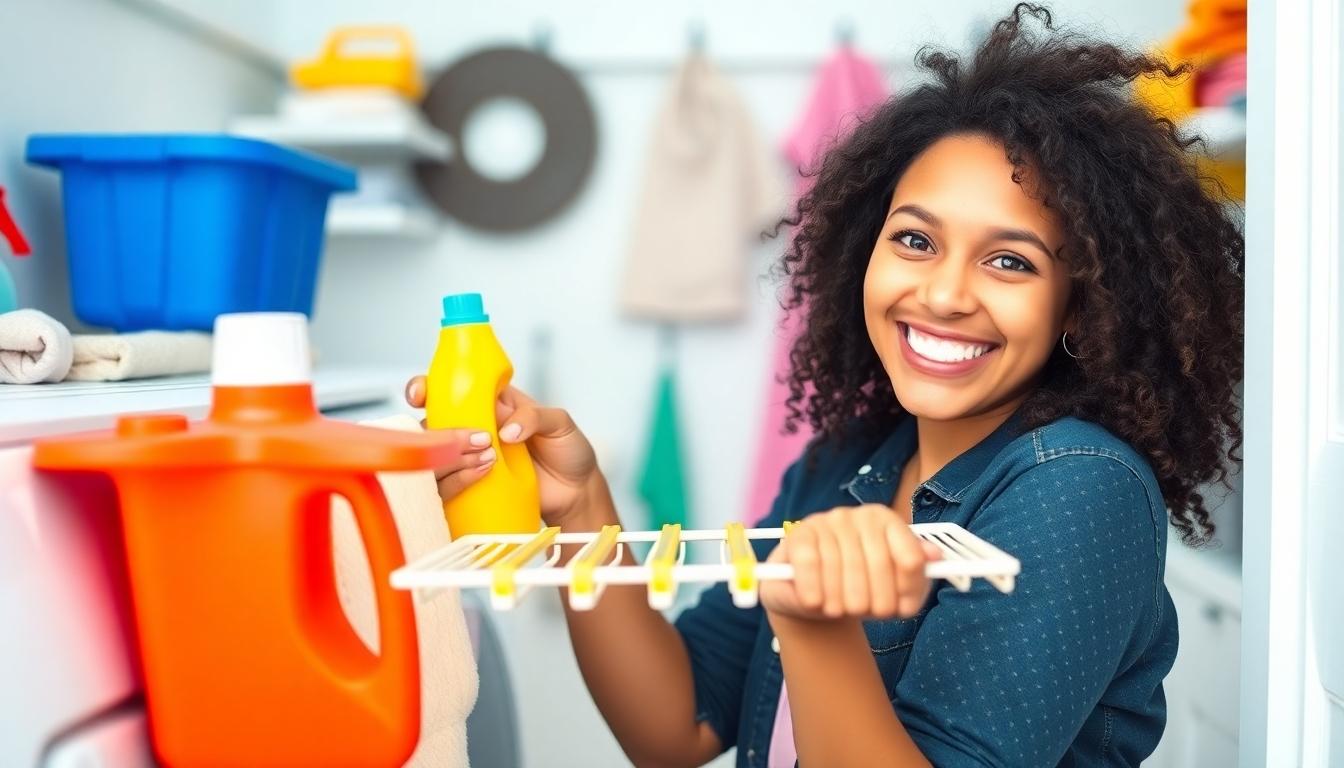
Select a Laundry-Related Object
Creating your own laundry riddles starts with choosing a exact object from the laundry room. Focus on familiar items like washing machines, dryers, detergent bottles, fabric softeners, or clothing pieces that everyone recognizes. The best riddles center on objects with distinctive features that can be cleverly described. For example, a washing machine’s spinning drum offers many creative possibilities for wordplay.
Identify Key Characteristics
Once you’ve selected your object, list its most notable features or functions. Washing machines have spinning drums, water cycles, and noise patterns. Detergents create suds, remove stains, and leave scents. Clotheslines hold items while they dry in the breeze. These distinctive characteristics form the foundation of your riddle’s clues and will guide your audience toward the correct answer.
Incorporate Clever Wordplay
Effective laundry riddles thrive on puns and double meanings. Try creating rhymes by pairing terms like “rinse” with “spin” or “stain” with “complain.” Develop metaphors that compare laundry items to unexpected things, such as describing a laundry basket as “a closet that never wears clothes.” Wordplay creates the humor that makes riddles memorable and captivating.
Use Personification Techniques
Giving human qualities to laundry objects adds charm to your riddles. Ask questions like “Why did the shirt get arrested?” with the answer “Because it was caught with a stain.” Personification creates an element of surprise and humor that elevates simple riddles into entertaining brain teasers that everyone can enjoy.
Create Contrasts and Opposites
Building riddles around contradictions or opposites works particularly well for laundry items. Questions like “What’s wet inside, dry outside, and spins?” perfectly describe a washing machine while creating an intriguing puzzle. These contrasts challenge the solver to think about the object in new, creative ways.
Test for Clarity and Logic
After crafting your riddle, ensure the answer is logically deducible from the clues you’ve provided. Avoid ambiguity that might lead to multiple correct answers. For instance, “What needs to get wet to dry?” clearly points to a towel, with the logical connection between getting wet and its drying function. Clear riddles satisfy solvers when they discover the answer makes perfect sense.
Balance Difficulty Level
The best laundry riddles offer just enough challenge without becoming frustrating. For beginners, start with straightforward descriptions like “What has heat but no fire, and a belt that never tires?” for a dryer. More complex riddles can incorporate multiple wordplay elements or require knowledge about laundry processes. We recommend creating riddles at various difficulty levels to engage different age groups.
Incorporating Laundry Riddles into Family Game Night
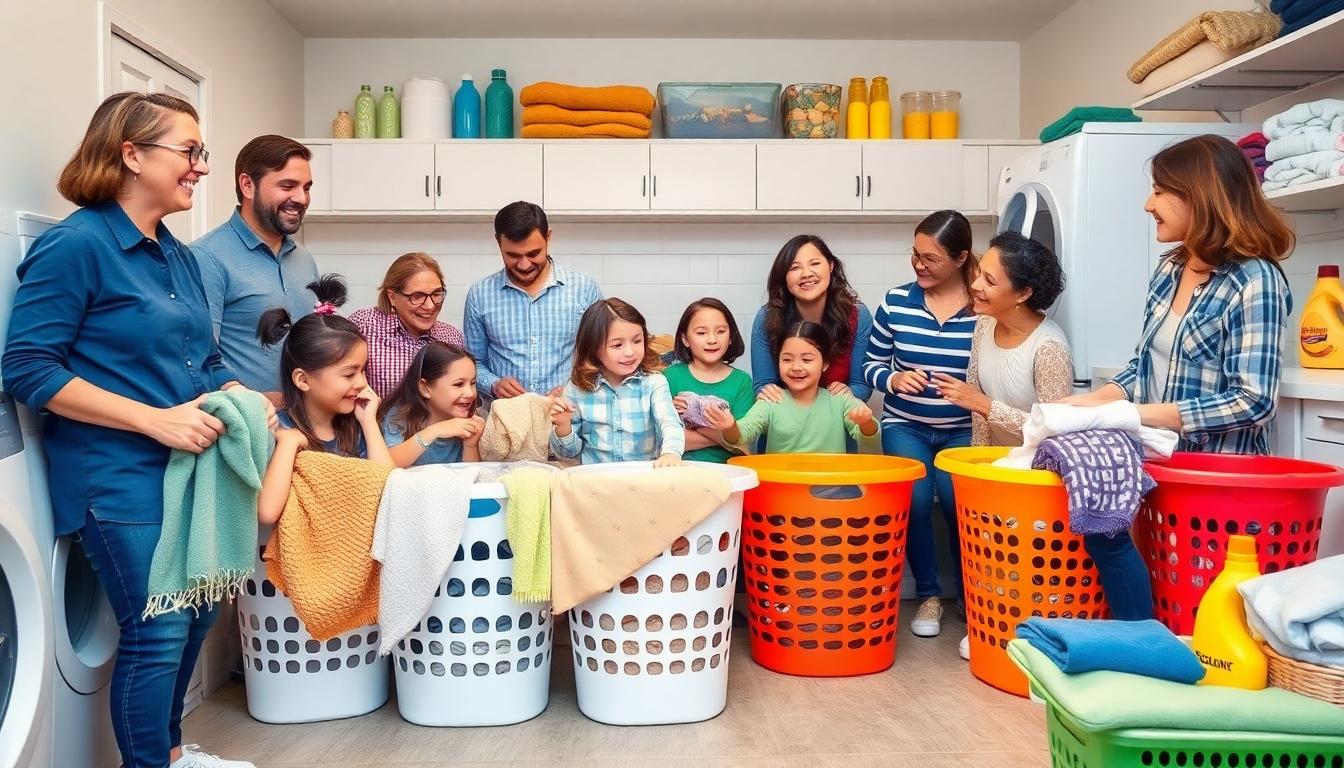
Age-Appropriate Riddle Selection
Selecting the right laundry riddles for your family game night ensures everyone can participate. Young children thrive with straightforward puzzles like “goes in dirty, comes out clean,” which introduces basic laundry concepts in an accessible way. Teenagers and adults appreciate more complex riddles with metaphors and deeper wordplay that challenge their thinking. Matching riddle difficulty to each family member’s cognitive development maximizes enjoyment and prevents frustration during game time.
Creating Laundry-Themed Scavenger Hunts
Transform your family game night by hiding riddles throughout your laundry room that lead to exciting discoveries. Place clues inside folded towels, behind detergent bottles, or taped to the washing machine that guide players to the next location. Rewards like small prizes hidden in laundry baskets or attached to clotheslines add motivation and excitement. This approach turns a mundane space into an adventure zone while teaching everyone about laundry items and their functions.
Educational Game Variations
Laundry riddles offer excellent educational opportunities during family game time. Connect riddles to practical laundry care lessons by crafting puzzles about washing machine cycles (“has cycles but never tires”). Teach stain removal techniques through challenges like “I remove stains but I’m not a sponge” (stain remover). Family members can earn points for correct answers while simultaneously learning household skills that benefit everyone.
Theme-Based Riddle Categories
Organize your family game night with different laundry riddle themes to maintain engagement. Appliance-focused riddles personify washing machines with questions like “What has a spin but isn’t a dancer?” Tool-centric categories featuring laundry baskets (“always full of clothes but never gets worn”) or clotheslines (“dries without a towel”) add variety. Wordplay sections with puns about “arrested shirts” caught with stains create laughter while keeping the energy high throughout the evening.
Implementation Tips for Success
Keep your laundry riddle game night sessions brief with 5-10 puzzles to maintain everyone’s interest and enthusiasm. Rotate who creates the riddles each week to share responsibility and showcase different family members’ creativity. Combine physical activity with mental challenges by having players act out the answer when they solve a riddle. Sample riddles like “What’s white and fluffy but not food?” (fabric softener) or “Cannot be drunk even though the suds” (washing tub) provide excellent starting points for your first family game night.
The Connection Between Laundry Riddles and Memory Improvement

Introduction to Laundry Riddles and Cognitive Health
Laundry riddles serve as more than just entertainment during chore time—they actually exercise our brains in meaningful ways. These washing machine-themed puzzles challenge us to think creatively and apply logical reasoning skills as we decode the wordplay involved. Brain teasers like these require us to make unique connections between laundry items and their characteristics, promoting cognitive flexibility that extends beyond the laundry room.
How Brain Training Benefits Memory Function
Captivating with puzzles and riddles provides tangible cognitive benefits that support memory health. Research shows that brain training through activities like solving riddles improves both memory and thinking skills. While scientists continue investigating their exact impact on dementia prevention, the cognitive engagement these activities provide is valuable for people of all ages. Regular mental exercise through riddle-solving strengthens neural pathways associated with memory function.
The Role of Puzzles in Memory Enhancement
Serious games and puzzles demonstrate remarkable potential for memory improvement, particularly among older adults. Studies reveal that puzzle-solving activities enhance both verbal and nonverbal memory in individuals with cognitive impairments. Word and number puzzles specifically correlate with better cognitive performance in people with dementia. The problem-solving nature of laundry riddles activates similar cognitive mechanisms, potentially offering comparable memory benefits.
Cognitive Skills Developed Through Laundry Riddles
Solving laundry riddles develops multiple cognitive skills that support memory function. The mental processes required—parsing clues, recalling laundry item characteristics, and connecting concepts—exercise working memory and promote logical reasoning. These riddles demand attention to detail and creative thinking, stimulating different areas of the brain simultaneously. Mental stimulation through these diverse cognitive challenges contributes to better overall brain health and potentially improves memory performance.
Incorporating Memory-Boosting Riddles into Laundry Routine
Transforming laundry time into a brain-boosting activity requires minimal effort but offers important benefits. We can post riddles near the washing machine, creating a dedicated time for mental exercise during an otherwise routine task. Family members can take turns creating and solving laundry-themed brainteasers, fostering both cognitive development and social connection. This simple practice turns mundane household duties into opportunities for meaningful memory enhancement.
Conclusion: Why Laundry Riddles Make Household Chores More Enjoyable
Laundry riddles transform an everyday necessity into an opportunity for fun learning and family bonding. They’re more than just wordplay – they’re tools for cognitive development that benefit everyone from children learning household skills to adults seeking to keep their minds sharp.
We’ve seen how these clever puzzles can teach sorting techniques while exercising problem-solving abilities and creating lasting memories. By incorporating them into family game nights or regular laundry routines we’re fostering both practical knowledge and meaningful connections.
So next time you’re faced with piles of clothes and the hum of the washing machine remember there’s an opportunity to turn that moment into something extraordinary. With laundry riddles the mundane becomes magical – one brain teaser at a time.
Frequently Asked Questions
Why should I use laundry riddles?
Laundry riddles transform a mundane chore into an entertaining activity while improving problem-solving skills. They engage your deductive reasoning and logical thinking, making laundry time more enjoyable. For children, these riddles create positive associations with household responsibilities while providing mental exercise during repetitive tasks. They also reduce stress and enhance focus during chore time.
How do laundry riddles benefit children?
Laundry riddles transform chores into interactive learning opportunities for children. They promote cognitive development, teach practical skills like sorting and stain removal, and make household responsibilities enjoyable. These playful brain teasers foster critical thinking, curiosity, and create positive associations with chores, increasing the likelihood that children will complete their tasks willingly.
What are some classic laundry riddles?
Classic laundry riddles include: “What can keep spinning but never gets dizzy?” (clothes dryer), “What goes in dirty but comes out clean and smells great?” (laundry), and the “Wrinkled Shirt Conundrum” that plays on the dual meanings of “pressed.” These timeless riddles have entertained households for generations while making laundry time more engaging.
How can I create my own laundry riddles?
Create laundry riddles by selecting a laundry-related object and identifying its key characteristics. Incorporate clever wordplay, personification, and contrasts to make your riddles engaging. Test for clarity and logic to ensure answers are deducible from clues. Balance difficulty levels for different age groups. This creative process adds a personal touch to your laundry routine.
Can laundry riddles be educational?
Absolutely! Laundry riddles teach sorting techniques, stain removal methods, and proper use of laundry supplies. They transform basic household skills into captivating learning opportunities through hands-on activities and gamification. Color-sorting riddles simplify teaching children how to organize laundry, while stain-fighting puzzles highlight effective cleaning methods in memorable ways.
How can I incorporate laundry riddles into family activities?
Include laundry riddles in family game nights with age-appropriate selections that ensure everyone can participate. Create laundry-themed scavenger hunts that turn the laundry room into an adventure zone. Organize riddles by theme (washing machines, detergents, etc.) and rotate riddle creators among family members. Keep sessions brief and celebratory to maintain engagement.
Do laundry riddles have cognitive benefits?
Yes, laundry riddles exercise the brain by promoting cognitive flexibility and memory function. Research suggests such brain training can enhance memory and thinking skills, particularly beneficial for older adults. Solving riddles during laundry time fosters cognitive development, creates social connections, and transforms routine chores into brain-boosting activities the whole family can enjoy.
What’s the history behind laundry riddles?
While not formally categorized as a distinct genre, laundry riddles reflect humanity’s approach to making everyday tasks enjoyable. They draw inspiration from ancient washing traditions like the Romans’ use of fuller’s earth and ammonia. Cultural washing wisdom embedded in these puzzles has helped various societies pass down practical knowledge and maintain community traditions throughout history.
Are there technology-based laundry riddles?
Yes, modern laundry riddles have evolved to include technology integration. QR code-based activities can lead to digital riddles throughout the laundry process. Some families create smartphone apps or use existing educational platforms to deliver laundry riddles in interactive formats. These tech-enhanced riddles appeal particularly to digitally-native children while preserving the educational benefits.
How difficult should laundry riddles be?
Laundry riddles should vary in difficulty based on the audience. For young children, use simple descriptions and obvious clues. For older children and adults, incorporate more complex wordplay and subtle hints. The best approach is to have a mixed collection that challenges different thinking styles and skill levels, ensuring everyone can experience both success and growth.







